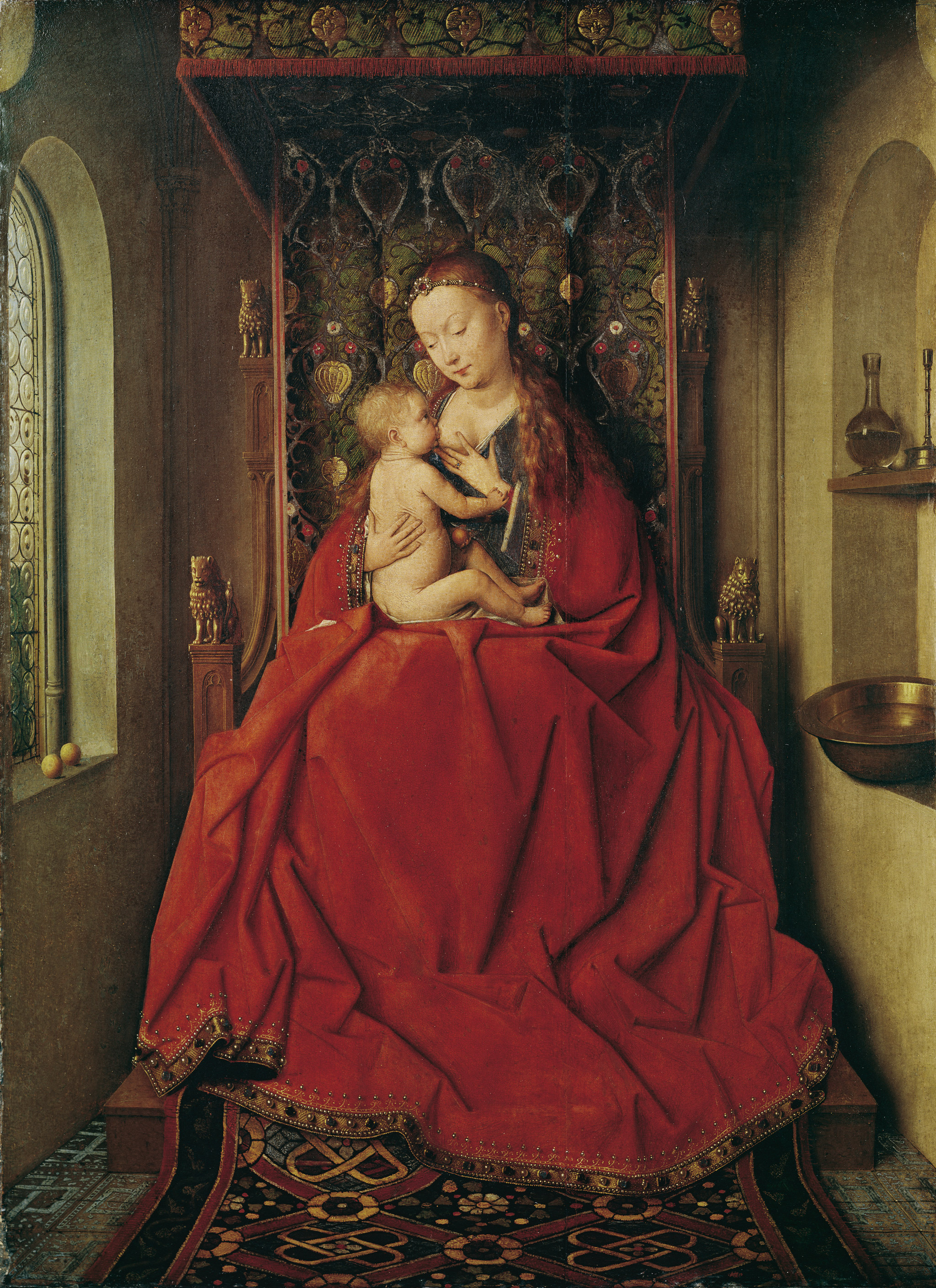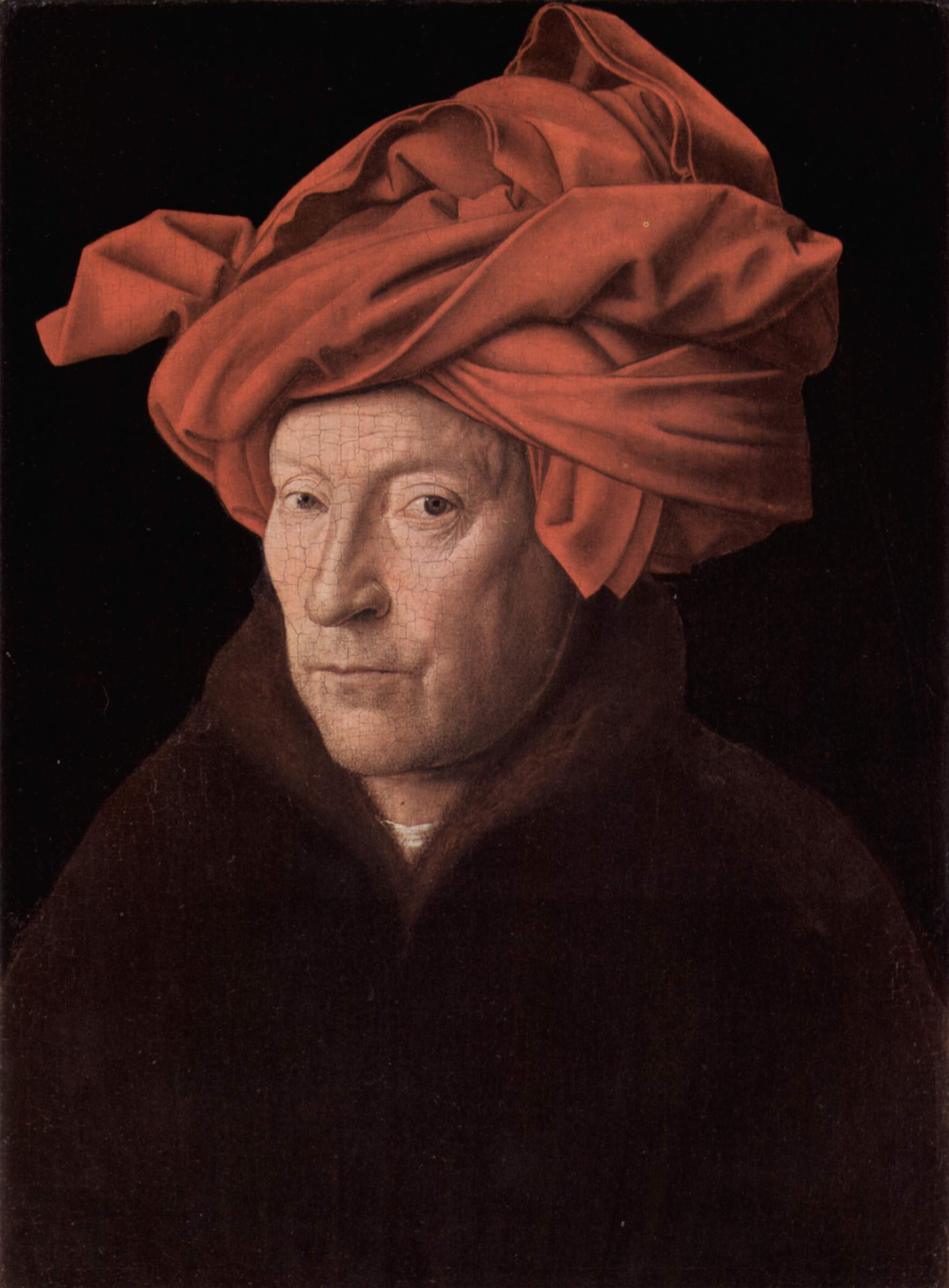It's Sunday so it's time for another masterpiece from Städel Museum collection. :) Enjoy!
The Lucca Madonna served its unknown patron as an individual devotional painting. It ingeniously draws us into the depicted room and allows us to partake of the gentle, intimate situation. This impression is created by the special manner in which the interior has been rendered. Not only the side walls and the vault but also the tiled floor and the carpet appear to continue on our side of the picture surface, into our space, as it were. Yet the sense of realism is also heightened by the suggestiveness with which the various materials and surfaces—the skin, hair, fabrics, carpet, walls, glass, water, metal, tiles, and wood—have been captured. Nevertheless, however great its naturalism, the painting is also full of symbolic references. The fruit in the hand of the Christ Child, for example, alludes to the Fall of Man; the throne with its lion ornament to the judge’s chair of the proverbially just King Solomon, a forebear of Christ.
Already widely known in his lifetime, Jan van Eyck, court painter to the dukes of Burgundy, died in 1441. Three or four years before his death, he produced this work, which today remains as captivating as ever. It got its nickname, incidentally, from one of its previous owners: in the early nineteenth century it was in the possession of the Duke of Lucca in Tuscany.
The Städel collection provides a rich survey of 700 years of European art – spanning the Middle Ages, the Renaissance and the Baroque, Classical Modernism and art of the present. Take a look!


 Jan van Eyck
Jan van Eyck